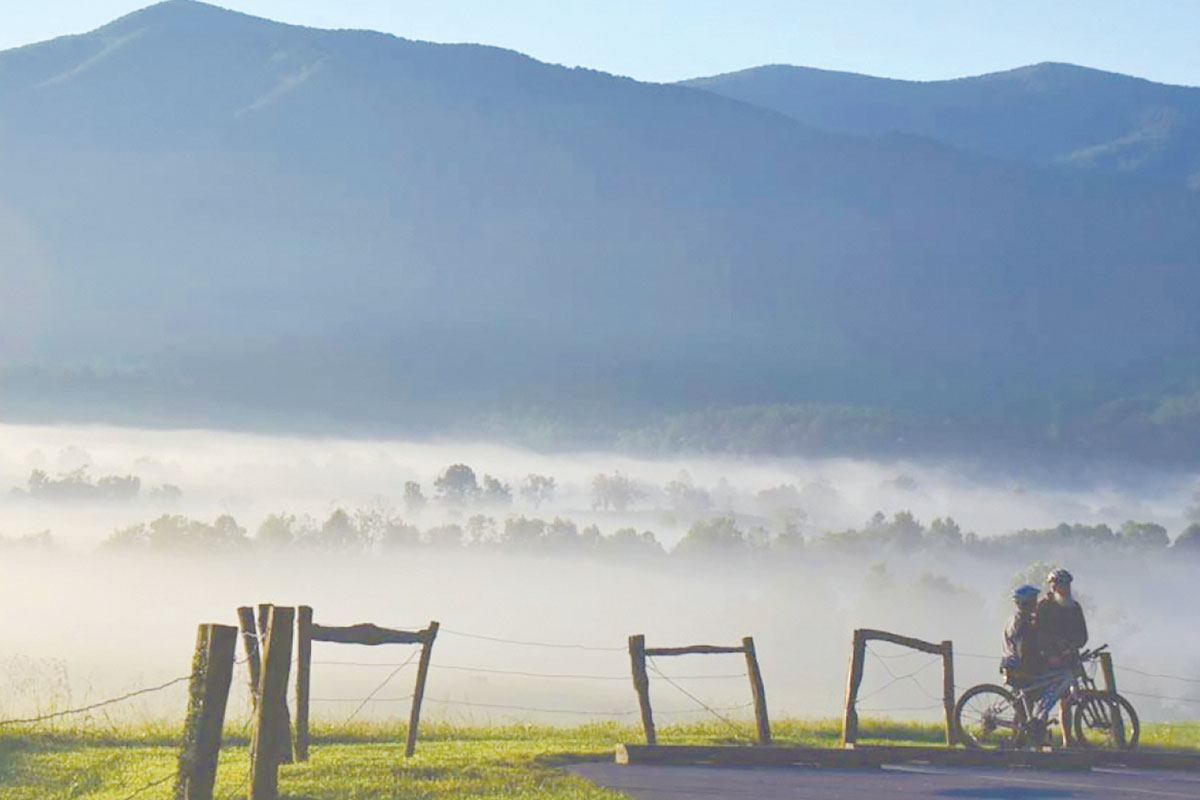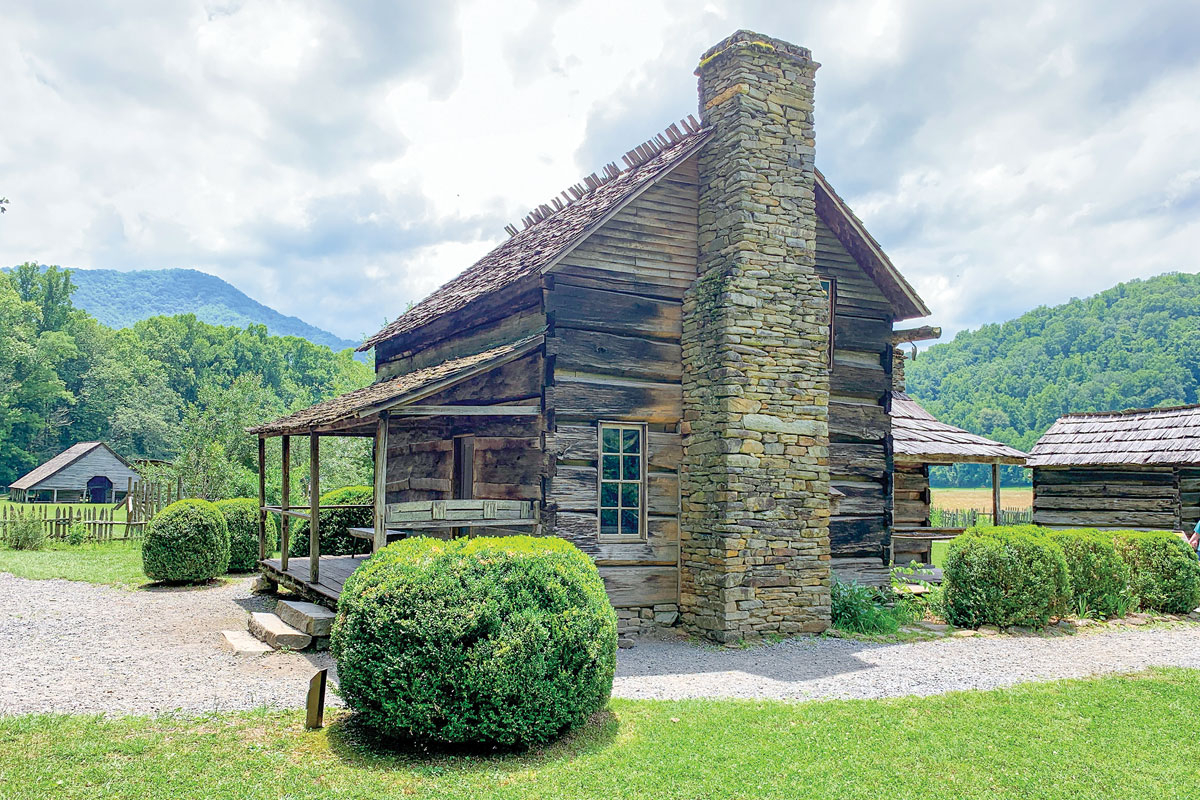Free meal program going well at WNC schools
 Half a year after launching a program that makes breakfast and lunch free for every child in school, the financials are looking good for Jackson County Schools’ child nutrition program.
Half a year after launching a program that makes breakfast and lunch free for every child in school, the financials are looking good for Jackson County Schools’ child nutrition program.
Control from the top: WNC hunters attempt to curb coyote populations with hunt
 Mark Rogers sticks his hand through the cold air outside Bethel Grocery into the even more frigid interior of the standalone freezer settled beside the building along U.S. 276 in Haywood County. There’s a dead coyote inside, folded body hard and rigid through a combination of cold and rigor mortis. Rogers pulls it out into the sunlight, where bright rays bounce shine off its array of red, gray and white hairs.
Mark Rogers sticks his hand through the cold air outside Bethel Grocery into the even more frigid interior of the standalone freezer settled beside the building along U.S. 276 in Haywood County. There’s a dead coyote inside, folded body hard and rigid through a combination of cold and rigor mortis. Rogers pulls it out into the sunlight, where bright rays bounce shine off its array of red, gray and white hairs.
Here to stay: Coyotes make themselves at home in WNC
 It’s been 30 years since Raymond Bunn saw his first coyote, and that moment — Clay County, 1986 — is not one he’s likely to forget.
It’s been 30 years since Raymond Bunn saw his first coyote, and that moment — Clay County, 1986 — is not one he’s likely to forget.
“I remember well seeing it,” said Bunn, manager at Shed’s Hunting Supply in Sylva. “When I first seen it, I thought it was a German shepherd dog or something like that, but it was a coyote.”
Christmas in Appalachia
 As the temperatures drop in Western North Carolina, the fun only heats up. The holiday season here is filled with events and activities aimed to celebrate the best way we know how — with friends, family and visitors alike.
As the temperatures drop in Western North Carolina, the fun only heats up. The holiday season here is filled with events and activities aimed to celebrate the best way we know how — with friends, family and visitors alike.
The Art of Creativity: WNC arts councils find steady ground, look ahead to 2016
 It is the litmus test of a community.
It is the litmus test of a community.
The arts. If you want to know how well a society functions, where its heart lies, then look no further than the strength and vitality of its creative minds and the art councils that support and showcase their work.
Christmas tree farm experience
 People can buy a real Christmas tree just about anywhere these days — from the big box stores to the side of the road.
People can buy a real Christmas tree just about anywhere these days — from the big box stores to the side of the road.
The art of picking the perfect Christmas tree
 Some like them tall and thin. Others like them shorter and thick.
Some like them tall and thin. Others like them shorter and thick.
A real tree takes real work
 The Christmas tree business is not a get-rich-quick kind of industry. Once a seedling is planted, it takes about eight years of growth before the tree can fulfill its Christmas destiny.
The Christmas tree business is not a get-rich-quick kind of industry. Once a seedling is planted, it takes about eight years of growth before the tree can fulfill its Christmas destiny.
Christmas tree industry growing strong
 With more than 25 million real Christmas trees sold in the United States every year, growing Christmas trees is a thriving industry for farmers in North Carolina.
With more than 25 million real Christmas trees sold in the United States every year, growing Christmas trees is a thriving industry for farmers in North Carolina.
SEE ALSO:
• A real tree takes real work
• The art of picking the perfect Christmas tree
• Christmas tree farm experience
“I think real trees are holding their own,” said Tom Sawyer, owner of Tom Sawyer Christmas Tree Farm in Cashiers. “There’s been more of a resurgence of people lately who want the real deal.”
Broyhill upbringing brought peace to Brunck
 Roberta Brunk could have easily become a victim of circumstance. Growing up in an abusive home and being moved around to different foster homes and schools could have permanently shaped her life and set her up for disaster, but she didn’t let that happen.
Roberta Brunk could have easily become a victim of circumstance. Growing up in an abusive home and being moved around to different foster homes and schools could have permanently shaped her life and set her up for disaster, but she didn’t let that happen.






















